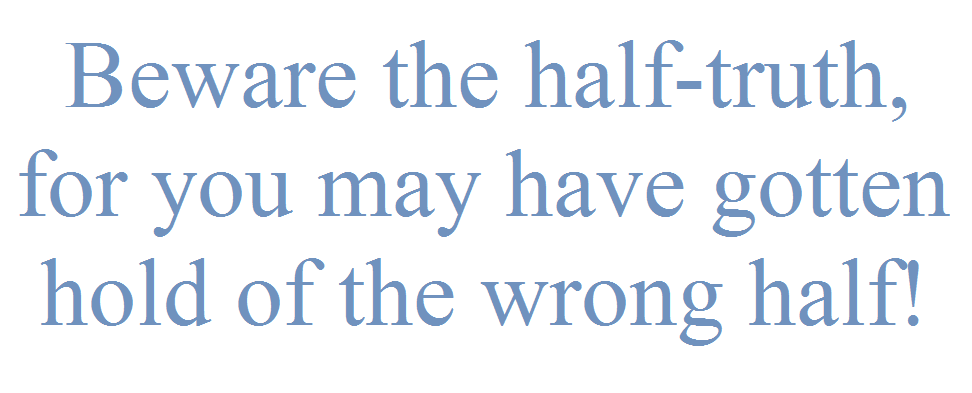If you’ve spent any amount of time involved with motor control or automation you’ve undoubtedly heard the rhetoric that using a variable speed drive is the best way to save energy, no matter what the application. But is this actually the case?
The simple answer is no. The real truth of the matter is that there is a place for both variable speed and fixed speed control, with the best choice dependent upon the nature of the application.
The misuse of variable speed control can have significant costs. A variable speed drive operating a system at a fixed speed has inherent losses of 3-5%. In comparison, a bypassed soft starter running a motor properly sized for the application is effectively 100% efficient, with losses less than 0.1%. A soft starter is the most efficient electronic motor control solution for fixed speed applications.
Not only is a variable speed drive more expensive than other forms of motor starting, but there are other issues to be aware of as well. Addressing these issues will increase the capital cost of the system as well as the total lifecycle cost, so unnecessary use of a variable speed drive can be a very expensive mistake:
- Variable speed drives introduce harmonics to the system. These harmonics can induce further losses in motors, transformers, and power factor correction capacitors, and affect the electrical network. Harmonic filters can significantly increase the cost, and physical size, of the system.
- EMI/RFI can also be an issue, mitigation is another cost.
- Some equipment may not be designed to operate at reduced speed, e.g. some types of air compressors.
- When running at low speeds, the motor cooling fan speed is reduced and may not provide sufficient airflow. As motors tend to run a little hotter on a variable speed drive compared to DOL, this will exacerbate the problem. Additional airflow and ventilation may be needed for the motor and drive.
- Induced shaft current can destroy bearings and induce early motor failure.
These issues underline the importance of thoroughly analysing the requirements of any motor driven system as part of the design process. While a variable speed drive should be used when variable speed control is required, it is a poor choice for any fixed speed application. In fixed speed applications, a bypassed soft starter is the most efficient electronic motor control solution.
In summary, to ensure you are operating your system at maximum efficiency:
- Analyse the overall system design, process needs and life cycle costs.
- Use a bypassed soft starter for fixed speed applications.
- Only use a variable speed drive when there is a genuine need for its functionality.






